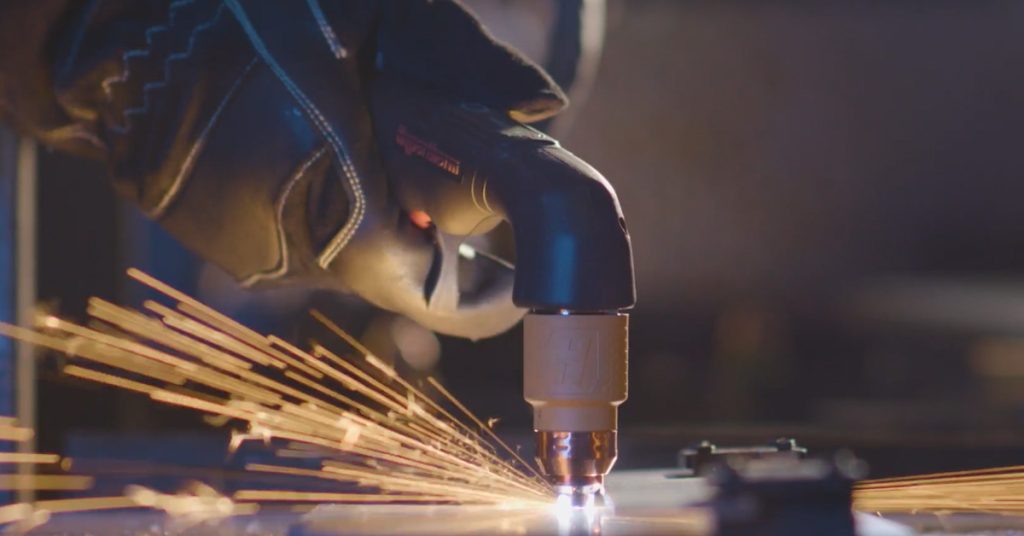Spanners are indispensable tools in the realm of mechanical and DIY projects, designed to tighten or loosen nuts and bolts efficiently. This comprehensive guide delves into the various types of spanners, their applications across different industries, essential maintenance tips, and more.
What are the different types of spanners available?
Spanners come in a variety of types tailored for specific tasks:
- Open-End Spanners: Featuring two U-shaped jaws of different sizes.
- Ring Spanners: Circular with a ring-shaped end that fits around nuts.
- Adjustable Spanners: Versatile with a movable jaw to accommodate different sizes.
- Combination Spanners: Featuring both an open-end and a ring end.

Where are spanners commonly used?
Spanners find application in numerous industries and tasks, including:
- Automotive Repair: Essential for working on engines, brakes, and other mechanical components.
- Construction: Used by builders and contractors to assemble structural elements.
- Home Maintenance: Handy for everyday tasks like plumbing repairs and furniture assembly.
How should spanners be maintained to ensure longevity?
Proper maintenance enhances the lifespan and performance of spanners:
- Regular Cleaning: Remove dirt and grease buildup using a degreaser.
- Storage: Store in a dry place to prevent rusting, preferably in a toolbox.
- Inspect Regularly: Check for wear and tear, especially on movable parts.
- Lubrication: Apply lubricating oil to movable parts to maintain smooth operation.
How does using the right spanner impact efficiency and safety?
Using the correct spanner size:
- Prevents Damage: Using an appropriate size minimizes the risk of rounding off nuts and bolts.
- Enhances Efficiency: Proper tools reduce the time required to complete tasks.
- Ensures Safety: Tightening bolts securely prevents accidents and mechanical failures.
In conclusion, spanners are indispensable tools across various industries and DIY projects, offering versatility and efficiency in nut and bolt handling. Understanding the different types, their applications, and essential maintenance practices ensures optimal performance and longevity. Whether you’re a professional mechanic or a hobbyist, choosing the right spanner and maintaining it properly can significantly impact your work quality and safety.
When working with spanners, it’s crucial to consider the materials they interact with, such as geogrid in civil engineering projects, ensuring precision and durability in structural assemblies.